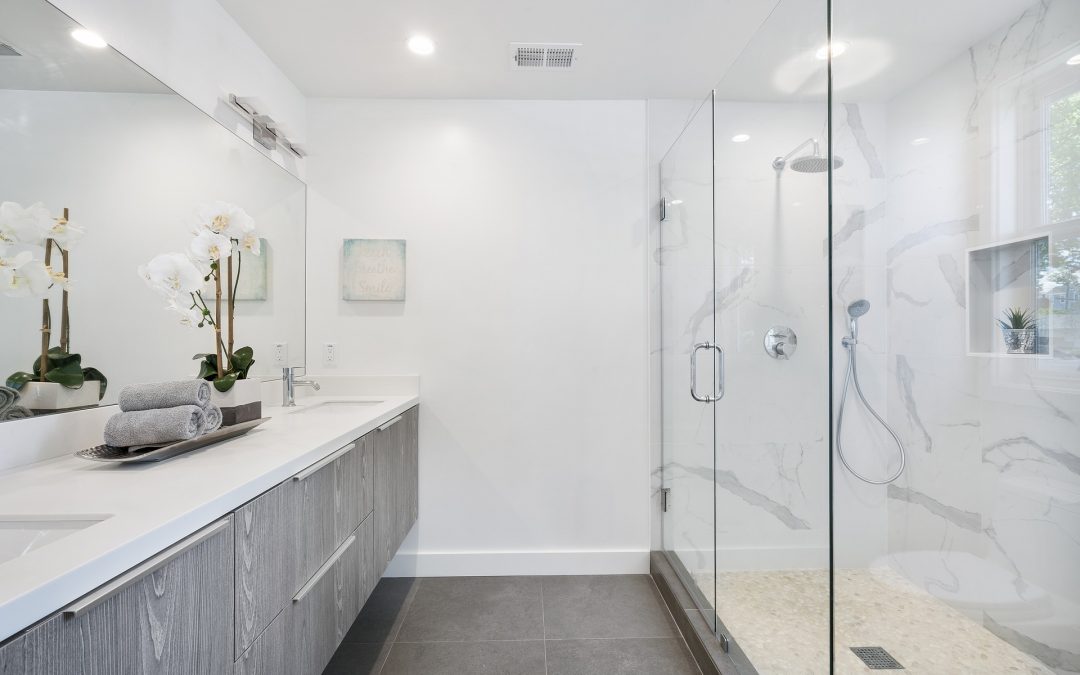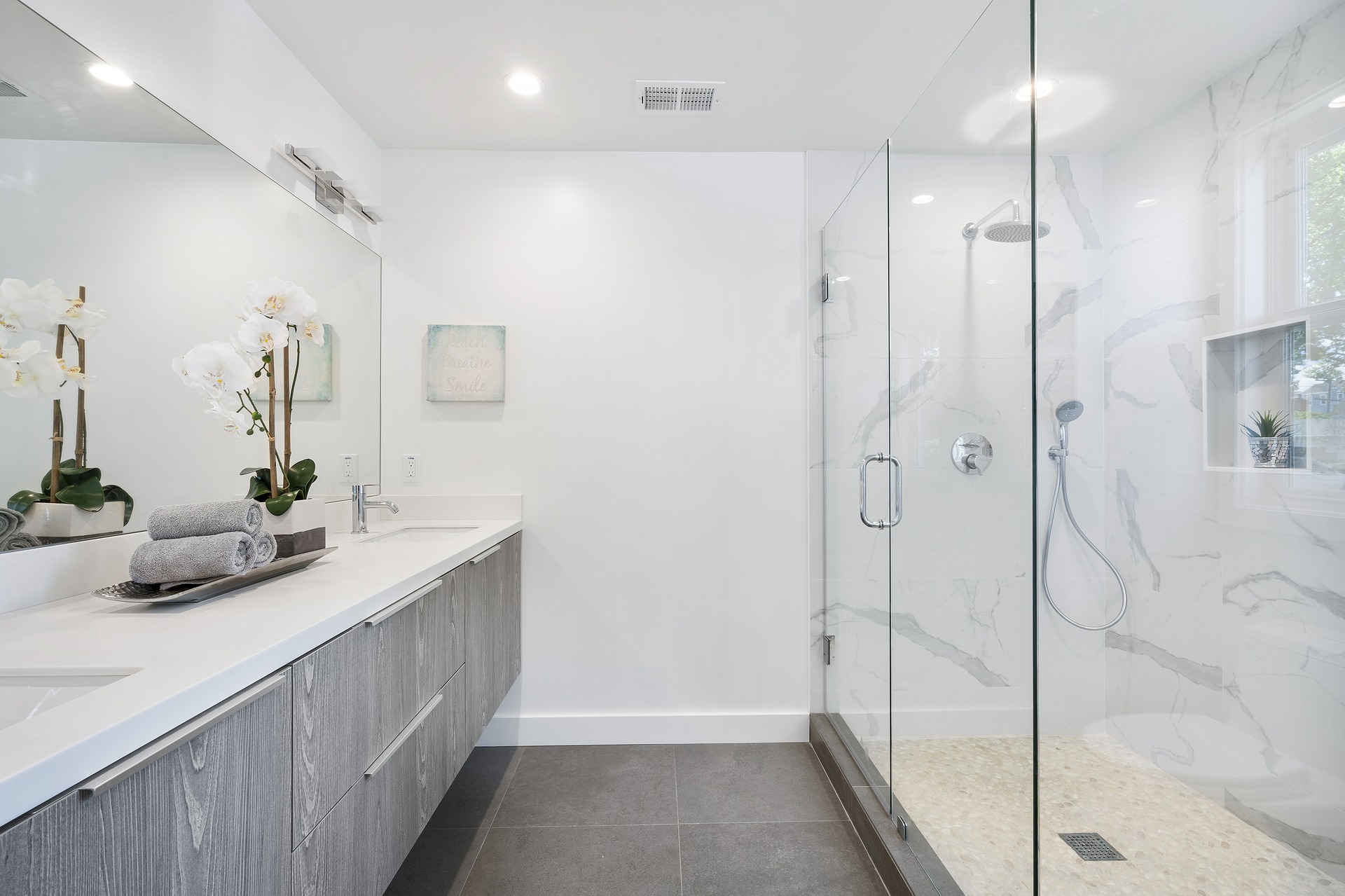Here in our beautiful South Florida climate, we are lucky to have long days with lots of natural sunshine filling our homes throughout the year. Of course, this light is not constant; we rely on artificial lighting at night and on rainy days. There are many different types of light bulbs to choose from when you are equipping your light fixtures, and choosing the best ones for each room can significantly impact its energy use and ambience. Research has even shown that our own productivity is affected by the type of lighting in a room!
Each room of your home serves a different purpose, meaning that you should be using different bulbs for most of your rooms. The color and brightness of a bulb are the two most important factors to consider when deciding how to light your house.
Two measurements determine brightness: lumens (how much light the bulb emits), and watts (the amount of power used by a bulb). For energy efficiency, try to find a bulb that emits the amount of lumens you want, while minimizing the wattage required to power the bulb. LED bulbs are great at this–they generally use about 10x fewer watts than incandescent bulbs when producing the same amount of lumens. Since bathrooms are used for getting ready and are often utilized in the evening when natural light has gone, opt for brighter bulbs that emit around 800 lumens each.
Light bulbs are measured by their color rendering index (CRI). This index rates how similarly the bulb lights an object compared to natural light. A CRI of 100 means that the light bulb lights objects so that they appear just as they do in natural light, while a lower CRI means the lighting is not similar to daylight. LEDs and incandescents both have high CRIs, while fluorescent bulbs tend to be closer to 50-75.
In your bathrooms, where there is an emphasis on skin care and makeup application, it’s best to choose a bulb that has a high CRI.
When it comes to the types of light bulbs available, the three most common are incandescent, compact fluorescent (CFL), and LEDs. You can generally find a bulb in either of these categories that meets your color and lumen needs, but each type has its pros and cons when it comes to energy usage and cost.
- Incandescent bulbs were the standard for most of the last century. You can find them in usual or interesting shapes, and their warm light fills the room with a comforting warmth. While inexpensive, they’re quite inefficient and consume a lot of energy.
- CFLs last longer than incandescent bulbs and use less energy. However, their lifespan is shortened when they are turned off and on frequently, so they aren’t recommended for bathrooms or other rooms that you use frequently but for short periods of time.
- LEDs are the new crowd favorite, and for good reason. Though they cost more money up front, they have an extremely long lifespan (10+ years per bulb) and use 5-10x less energy than traditional incandescents. They come in a variety of colors and can be used throughout your home.
- Overall, prioritize a high CRI in your bathrooms–particularly for lighting vanities. Opt for clear, bright light, such as bulbs labelled as “daylight”. This will provide even brightness and color that won’t cause your skin to look washed out or discolored. However, if you prefer a softer light in your bathrooms, opt for a slightly warmer color.



Recent Comments